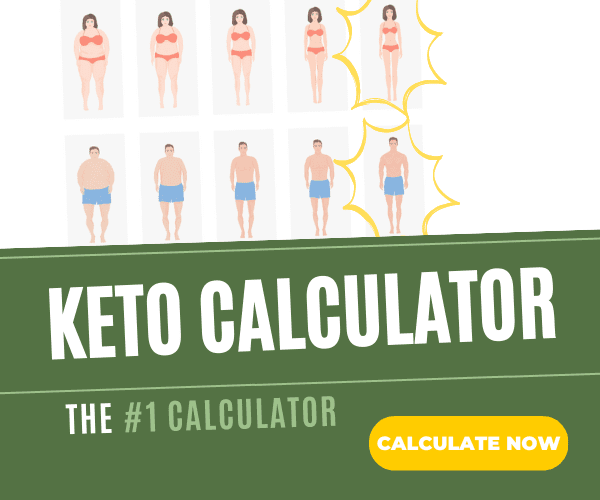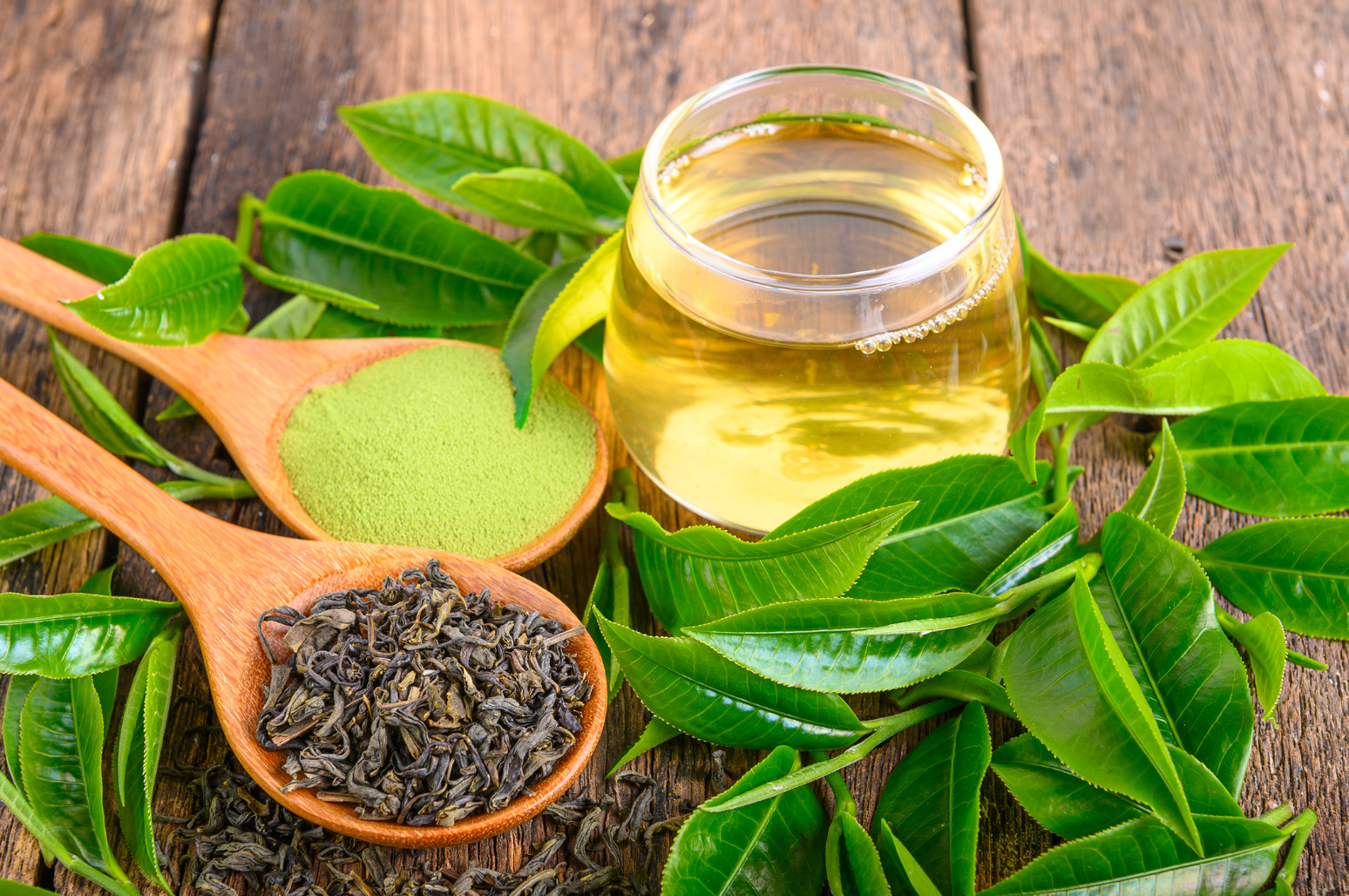
Parsley is a vibrant green herb bringing a refreshing and mildly bitter flavor to your keto dishes. Parsley doesn’t just add flavor or make a pretty garnish; this tasty, nutritious flowering plant also provides benefits to complement your ketogenic diet [1]. Let’s find out if parsley is keto and delve into some of the benefits of parsley.
What Is Parsley and Is Parsley Keto?
Parsley (Petroselinum crispum) is a flowering plant originating in the Mediterranean. It’s widely used as a culinary herb or dried spice. Italian flat-leaf and French curly-leaf are the two most prevalent types of parsley. Parsley has long been used medicinally as a herb, essential oil, or extract to help digestive issues and conditions like allergies, inflammatory diseases, and high blood pressure [2].
The mild and refreshing taste of parsley invigorates a range of keto recipes, like this green goddess dressing, Egyptian salad, or these delicious Harissa spiced chicken meatballs.
Like many green leafy vegetables, parsley is absolutely a keto-friendly vegetable. It is very low in carbs, and the fiber content of parsley brings down the carb count even more, if you’re counting net carbs. A whole cup of chopped parsley (more than most people will eat in one sitting) has only 3.8 grams of total carbs, or 1.8 grams of net carbs.
1. Nutrition
A half cup (30 grams) of fresh, chopped parsley gives you about 2 grams of carbs, less than 1 gram of fat, 1 gram of protein, and 1 gram of fiber. Parsley also provides 53% of the reference daily intake (RDI) of vitamin C, 108% of the RDI for vitamin A, and 547% of the RDI for vitamin K [3].
Vitamin K is crucial for blood clotting and bone health. Vitamins A and C have advantageous antioxidant properties [4] [5]. What’s more, parsley brings plenty of flavor and few calories.
2. Antibacterial Properties
When used as an extract, parsley seems to have antibacterial properties. Test-tube studies demonstrate antibacterial activity against molds, yeast, and a common bacteria called S. aureus [6].
Another study showed parsley extract might prevent potentially harmful bacteria like Salmonella and Listeria from growing in food [7].
3. Antioxidants
Parsley contains powerful antioxidants like vitamin C and flavonoids that are especially beneficial for your health. Free radicals are molecules that can cause cellular damage, and antioxidants combat these harmful free radicals and protect your cells. Your body needs the right balance of free radicals and antioxidants to maintain wellness [8].
Studies reveal diets rich in flavonoids could lessen your risk of conditions like type 2 diabetes, colon cancer, and heart disease [9].
4. Bone Health
Because parsley is rich in vitamin K, it’s an excellent choice for your bones! Vitamin K supports bone-building cells called osteoblasts and activates proteins that increase bone mineral density, which refers to the amount of minerals in your bones. Lower bone mineral density is linked to a heightened risk of fractures, particularly in older adults. Many people aren’t getting enough vitamin K in their diet [10] [11].
5. Eye Health
Parsley provides vitamin A along with three carotenoids that support vision and protect your eyes—beta carotene, lutein, and zeaxanthin. Carotenoid pigments are present in plants and have impressive antioxidant activity. Eating foods that are excellent sources of lutein and zeaxanthin could lower the risk of late age-related macular degeneration (AMD) by up to 26%, according to interesting research [12]. Going keto, ditching the sugar, and bringing in healthy fats could also help prevent macular degeneration.
Best Ways to Include Parsley in Your Ketogenic Diet

You can use the dried version, grow your own fresh parsley, or buy fresh parsley in store. Parsley is usually affordable and enriches dishes like tomato sauces, soups, stews, omelets, and salads. It’s often paired with herbs like oregano and used in Italian-style cooking. Parsley is a great choice for your salad dressings, marinades, green drinks and teas, and seafood meals.
Sprinkle fresh or dried leaves over your favorite fish dish or stir fresh leaves into a homemade chimichurri sauce like these chimichurri steak skewers!
Parsley even acts as a natural breath freshener, so chew on a sprig to freshen your breath before date night or while you’re cooking! [13].
Do You Eat Parsley on Keto?
What’s your favorite herb or seasoning? What’s your preferred dish featuring parsley?
References
Karimi, M. H., Ebadi, P., & Amirghofran, Z. (2012). Parsley and immunomodulation. Expert Rev Clin Immunol, 8(4), 295-7. DOI: 10.1586/eci.12.12
Mahmood, S., Hussain, S., & Malik, F. (2014). Critique of medicinal conspicuousness of Parsley (Petroselinum crispum): A culinary herb of Mediterranean region. Pak J Pharm Sci, 27(1), 193-202.
Self Nutrition Data. Parsley, Raw, Nutrition Facts & Calories. Parsley, raw Nutrition Facts & Calories (self.com)
DiNicolantonio, J. J., Bhutani, J., & O’Keefe, J. H. (2015). The health benefits of vitamin K. Open Heart, DOI: 10.1136/openhrt-2015-000300
Landete, J. M. (2013). Dietary intake of natural antioxidants: Vitamins and polyphenols. Crit Rev Food Sci Nutr, DOI: 10.1080/10408398.2011.555018
Taylor, T. A. (2022). Staphylococcus Aureus, Stat Pearls Publishing Treasure Island FL. Staphylococcus Aureus - StatPearls - NCBI Bookshelf (nih.gov)
O’Byrne, C. & Utratna, M. (2010). Listeria monocytogenes: At the coalface of host-pathogen research. Bioeng Bugs, 1(6), 371-7. DOI: 10.4161/bbug.1.6.13424
Lobo, V., Patil, A., Phatak, A., & Chandra, N. (2010). Free radicals, antioxidants and functional foods: Impact on human health. Pharmacogn Rev, 4(8), 118-126. DOI: 10.4103/0973-7847.70902
Chang, H., Lei, L., Zhou, Y., Ye, F., & Zhao, G. (2018). Dietary flavonoids and the risk of colorectal cancer: An updated meta-analysis of epidemiological studies. Nutrients, DOI: 10.3390/nu10070950
Akbari, S., Rasouli-Ghahroudi, A. A. (2018). Vitamin k and bone metabolism: A review of the latest evidence in preclinical studies. Biomed Res Int, DOI: 10.1155/2018/4629383
Rouzi, A. A., Al-Sibiani, S. A., Al-Senani, N. S., Radaddi, R. M., & Ardawi, M-S. M. (2012). Independent predictors of all osteoporosis-related fractures among healthy Saudi postmenopausal women: the Ceor study. Bone, 50(3), 713-22. DOI: 10.1016/j.bone.2011.11.024
Abdel-Aal, E-S. M., Akhtar, H., Zaheer, K., & Ali, R. (2013). Dietary sources of lutein and zeaxanthin carotenoids and their role in eye health. Nutrients, DOI: 10.3390/nu5041169
Madhushankari, G. S., Yamunadevi, A., Selvamani, M., Kumar, K. P. M., & Basandi, P. S. (2015). Halitosis: An overview: Part 1 classification, etiology, and pathophysiology of halitosis. J Pharm Bioallied Sci, DOI: 10.4103/0975-7406.163441









